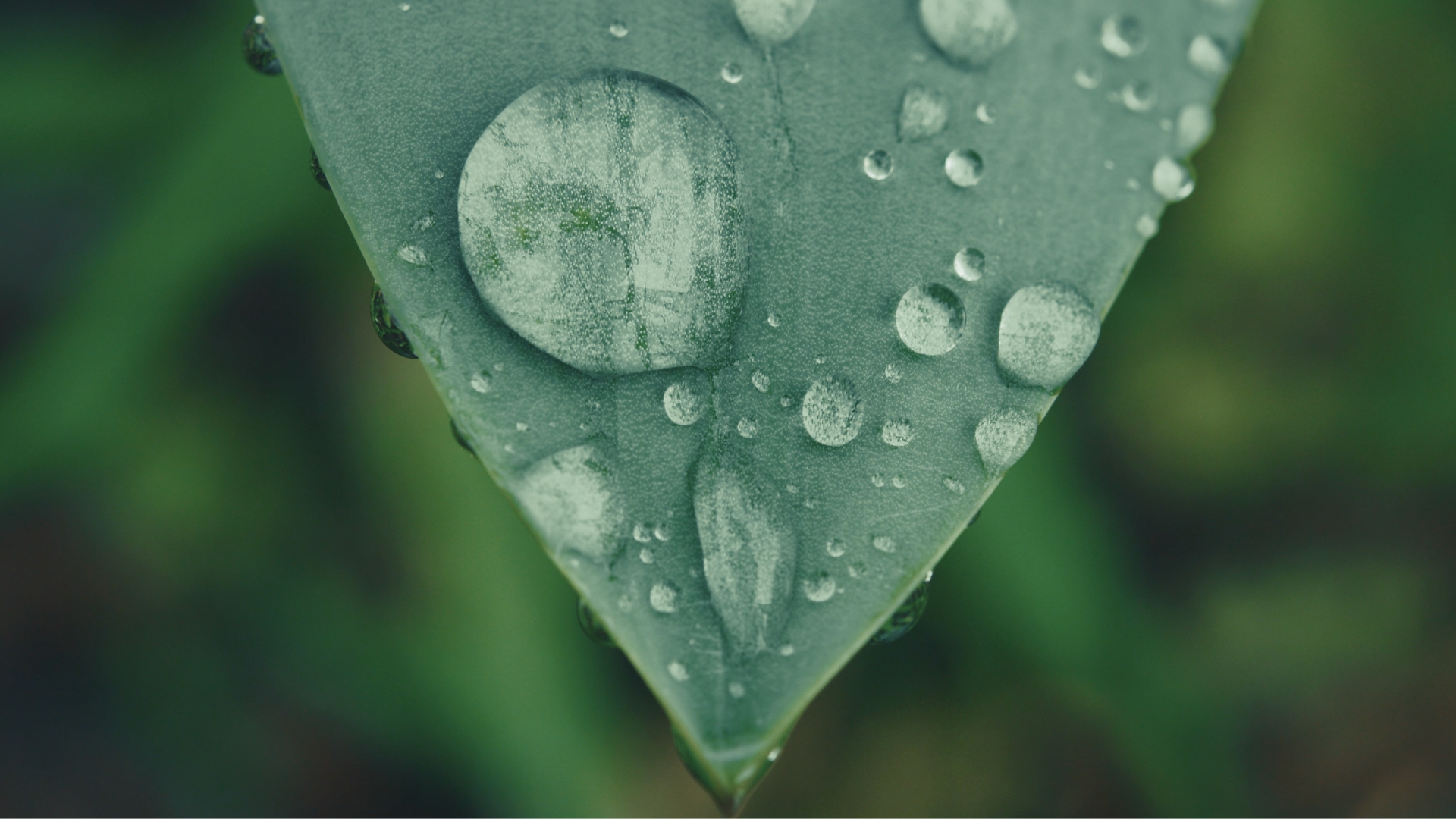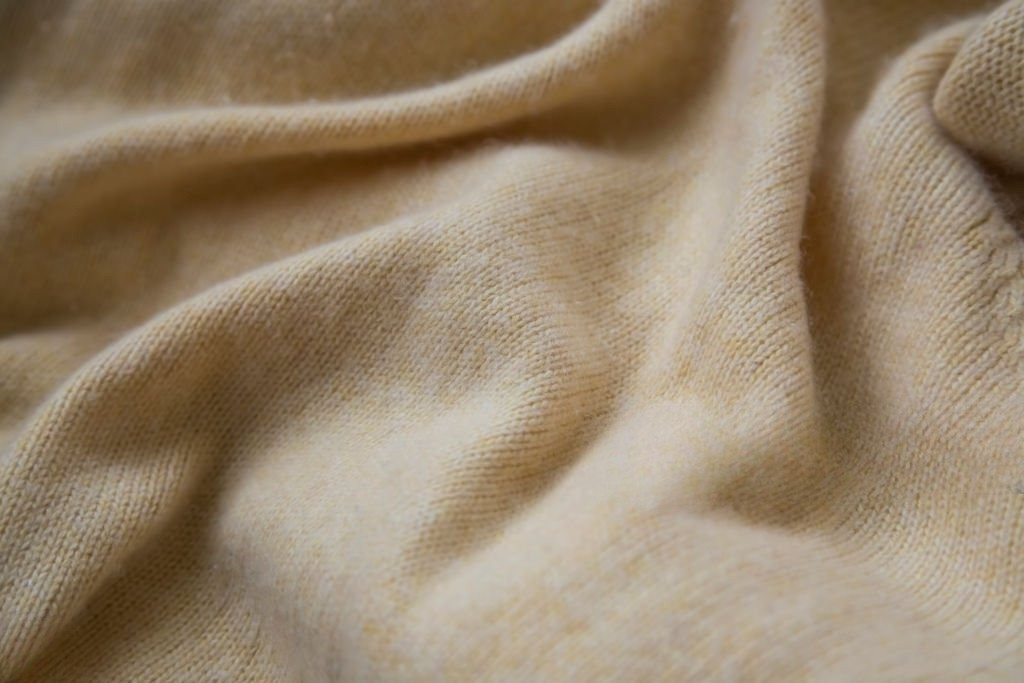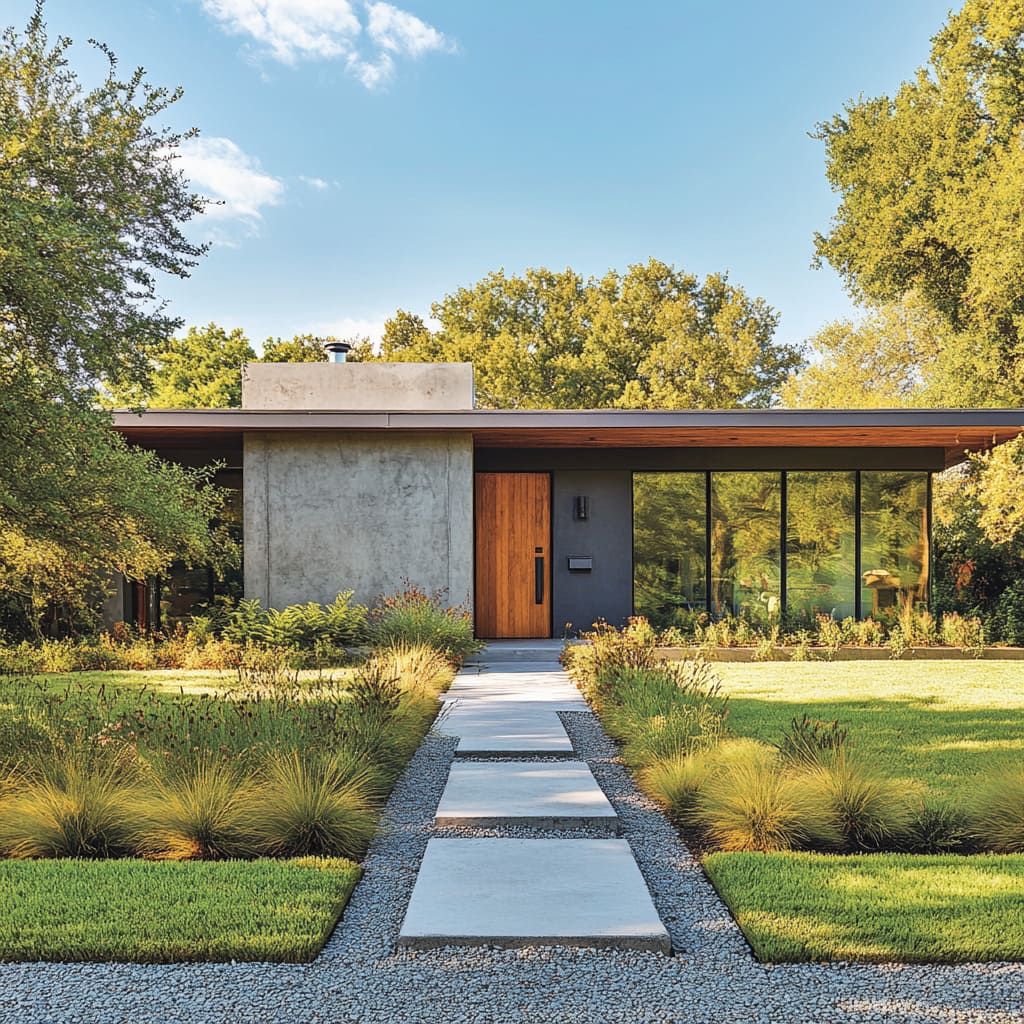Rainwater is Sexy. Catching Rainwater? Sexier.

Do you loovvee relying on municipal pipelines and paying for city water that is chlorinated, and filled with chemicals leaching from pipes and pesticides? We don't.
Rainwater is mineral-rich, neutral pH, and falls for free. We build homes that harvest what falls, store it beautifully, and ensure purity and quality from hydration to your laundry.We don’t. So we built cisterns, something humans have been doing around the world for, like, eons. Rainwater is a lifeline. Cisterns were common in 19th-century Texas homes and pretty much the standard, not some novel concept. Harvested rain was stored underground, cooled naturally, and used for everything from watering livestock to drinking. Today, with Central Texas facing record droughts and groundwater depletion, rainwater systems are resurging. But this time, they’re smarter, cleaner, and better designed.
What’s Actually in a Drop? Rainwater is naturally soft, neutral in pH, and low in sodium. It’s easier on your skin, your plumbing, and your appliances. Unlike tap water, it’s not filled with chlorine, fluoride, or sediment from aged infrastructure (so gross). But quality depends on your setup.
Roofing material matters. Period. Asphalt shingles can leach chemicals, while standing seam metal is a clean and durable choice. My personal favorite? Zinc roofing. It’s stunning, food-grade, doesn’t leach a single chemical, and when installed properly, requires absolutely ZERO maintenance. Combine that with first-flush diverters to discard the initial runoff that may contain dust or debris, then route the water through layered filters: mesh, sediment, activated carbon or coconut, and finally sterilize with UV + ozone then re-mineralize. These steps lead to water that is just chef’s kiss amazing and will quite literally change your life.
Texas leads the country in rainwater legislation. House Bill 2430 protects rainwater harvesting for potable use, and cities like Austin actively support it through rebates and green building incentives. Our favorite builds use dual-plumbed systems: one line for filtered rain (kitchen, bath), the other for unfiltered greywater use (landscaping, ponds, drip irrigation).
We believe water systems should be cohesively designed, not just installed. Nothing drives me nuts quite like a gorgeous home with a giant, glaring, unsightly tank out in the open. It might not be easy to make disappear, but with proper placement, cisterns and their components can be both serviceable and elegant, especially when used as visual grounding elements. My cistern go-to’s when designing are as follows:
- Hidden or architectural downspouts
- Rain chains instead of gutters
- Cisterns clad in corten, concrete, or stone
- Native grassy landscaping around the cistern base
- Crawling vines to produce a green wall effect
- Overflow routes that irrigate native plantings
- System controls tucked within integrated/concealed storage panels
A 1,000 sq ft roof can harvest 600+ gallons per inch of rain. Austin gets 32 inches annually on average. That’s nearly 20,000 gallons per year. Stored and filtered, this supply can offset up to 50% of a home’s total water use.
There are natural, healthy, and self-sustaining solutions all around us, but the element that makes up 60% of your body, 85% of your brain + heart, and 90% of your blood? That’s something we should all take a little more seriously. While I’ll refrain from fear mongering with tests that have revealed a little too much about city water (you can Google, Reddit, YouTube, or test it yourself!), I will say this: if there’s one place we should all start, it’s with the thing that gives us and this planet life.
So… consider a cistern, won’t ya? Whether we build it or not, reach out to our team. We can explore solutions, suppliers, and provide testimonials from our experiences and our clients.
Now if you’ll excuse me… I’ll be dancing in the rain. 😉




%201.svg)




